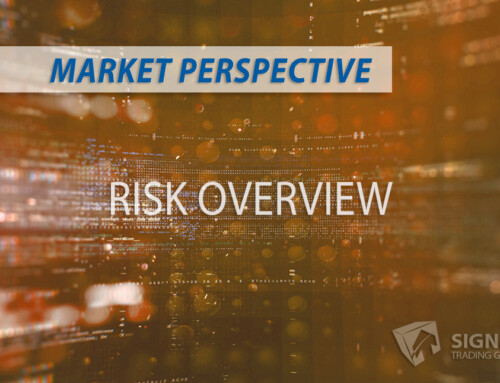The South Sea Bubble Crash of 1720
The stock market has experienced its fair share of market booms and busts throughout history. However, one of the earliest and most remarkable examples of such cycles was the South Sea Bubble financial crisis in 1720. The rise and eventual collapse of the South Sea Company is a notable event in financial history that carries significant lessons for present-day investors and policymakers.
Rise of the South Sea Company
During the beginning of the 18th century, the stock market was a new concept, with trading primarily taking place within coffee shops. Traders would meet in these shops to discuss the latest market trends and conduct transactions, making it the hub for all stock-related activities.
During that time, the South Sea Company played a significant role by offering to pay the British government’s war debts in exchange for exclusive trading rights to Spanish colonies located in South America. Although the company’s trade prospects were limited due to the ongoing Britain-Spain war, its monopoly made it an attractive investment opportunity.
The company first sold shares to the public in 1711 in an initial public offering (IPO), attracting a broad range of investors, from small-time speculators to members of the British nobility.
The Great Crash of 1720
Despite the company’s dubious trade viability, its share price rose significantly over the next few years. The speculative frenzy reached a fever pitch in 1720 as a ballooning financial bubble formed around inflated promises and projections from the company.
Several factors contributed to the eventual crash of the South Sea Bubble, including:
- The company’s management engaged in fraudulent activities to manipulate the stock price.
- Unfounded rumors and speculation drove share prices to ever-increasing heights.
- Excessive and unsustainable credit expansion left many investors with mounting debts.
Suddenly, in late 1720, reality struck as the market rapidly declined, and share prices collapsed. This crash carried a significant domino effect on other businesses and led to a broader economic crisis. Many investors lost their fortunes, and public outrage singled out key company officials and politicians for their roles in the collapse.
The Enduring Legacy of the South Sea Bubble
The South Sea Bubble crash is a cautionary tale, emphasizing the significance of conducting thorough research before making investment decisions and being cautious of companies that make implausible promises.
Moreover, it highlights the value of maintaining a diversified investment portfolio and underscores the need for regulatory measures that safeguard investors against financial fraud and manipulation. With the promise of quick gains always tempting traders and investors, speculative bubbles pose an ever-present threat.




